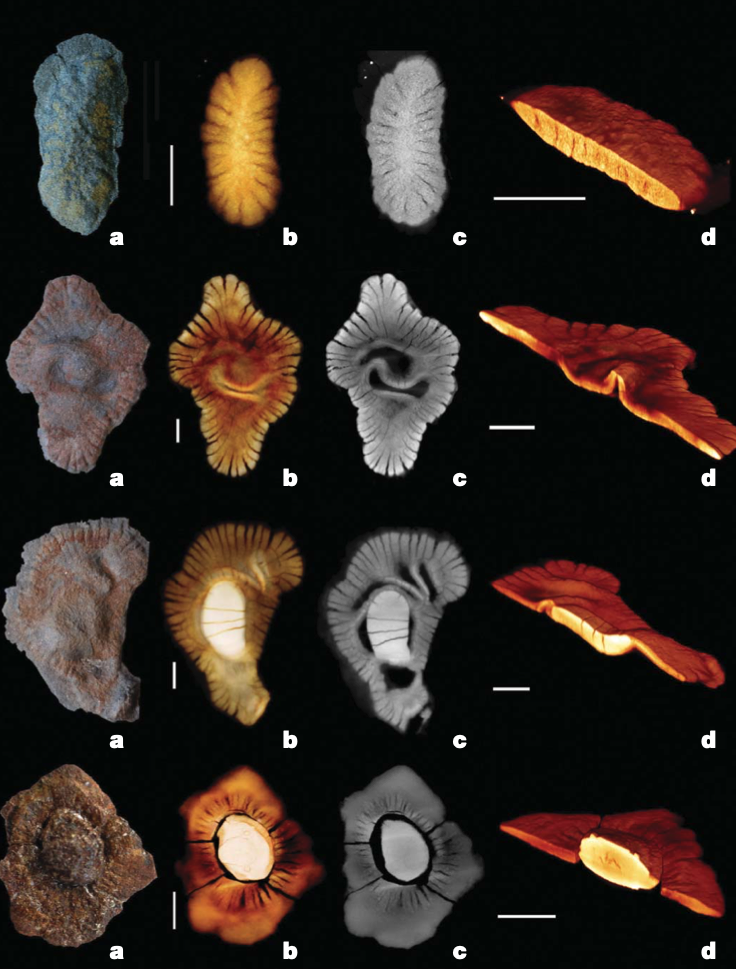
There are a lot of big pictures under the cut.
There was no oxygen in the Earth's atmosphere for a long time. About 2500 million years ago, the activity of volcanoes increased. Volcanoes were emitting a lot of carbon dioxide, which made it rains more and more abundant. Streams of rainwater accelerated soil erosion and leaching of nutrients from it: they flowed down rivers into the oceans and created favorable conditions for photosynthetic organisms. The oxygen level in the atmosphere began to rise gradually. Scientists previously suspected that such a change in conditions could lead to an outburst of new species of living things, but there was very little evidence. Until a few years ago, fossils of 2300-2100 million years old were found in Africa, called the Franceville biota.
We don't know if they were complex colonies of single-celled creatures like modern slime molds , or more resembled multicellular organisms. The size of these creatures reached 17 centimeters. They lived in a shallow part of the ocean, where the waters were rich in oxygen. Here's what we have already found:
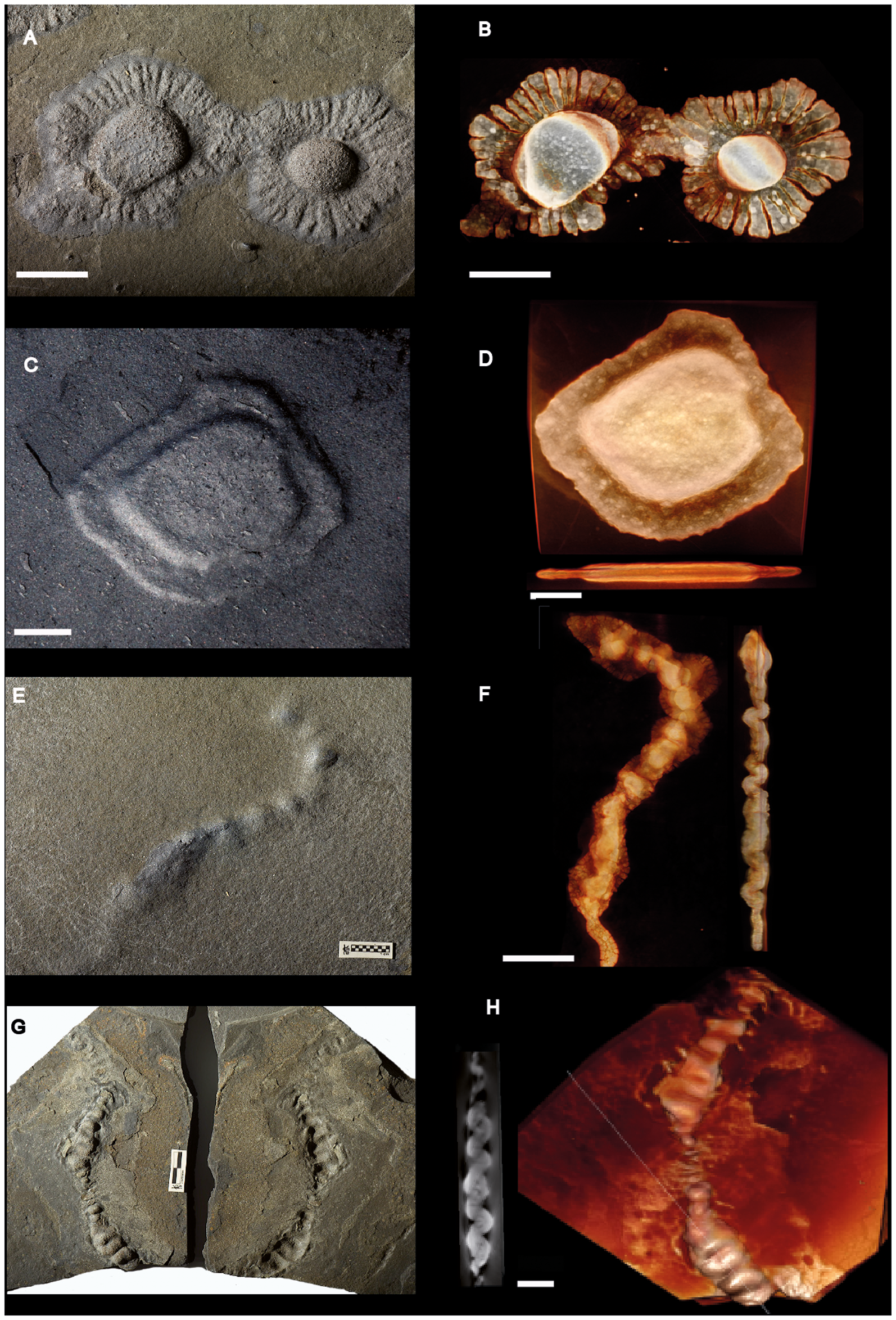
Figure 2. On the left are photographs of the fossils, on the right, in orange, - the results of computed micro-tomography, which allows you to see the internal structure of the remains. A and C are scrambled eggs or ravioli-like creatures with a fleshy center. Creatures A have wrinkled thin edges, while creatures C have smoother edges. EH creatures have an elongated body shape and many sinusoidal folds.

Figure 3. All creatures shown have a thickened center and folded disc-like edges.
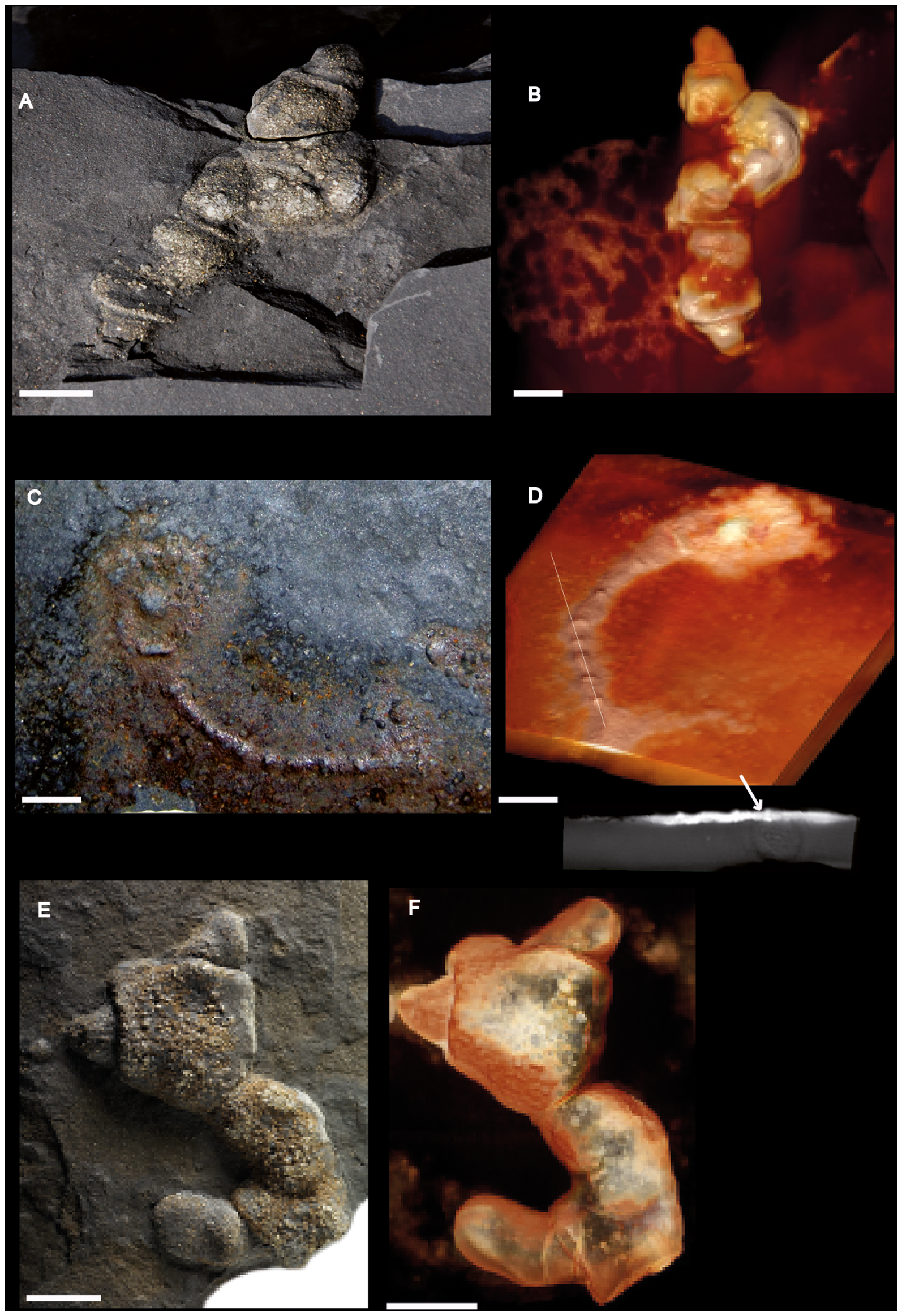
Figure 4. Creatures combining disc-like shape and long appendages. The long branches have bead-like bulges.
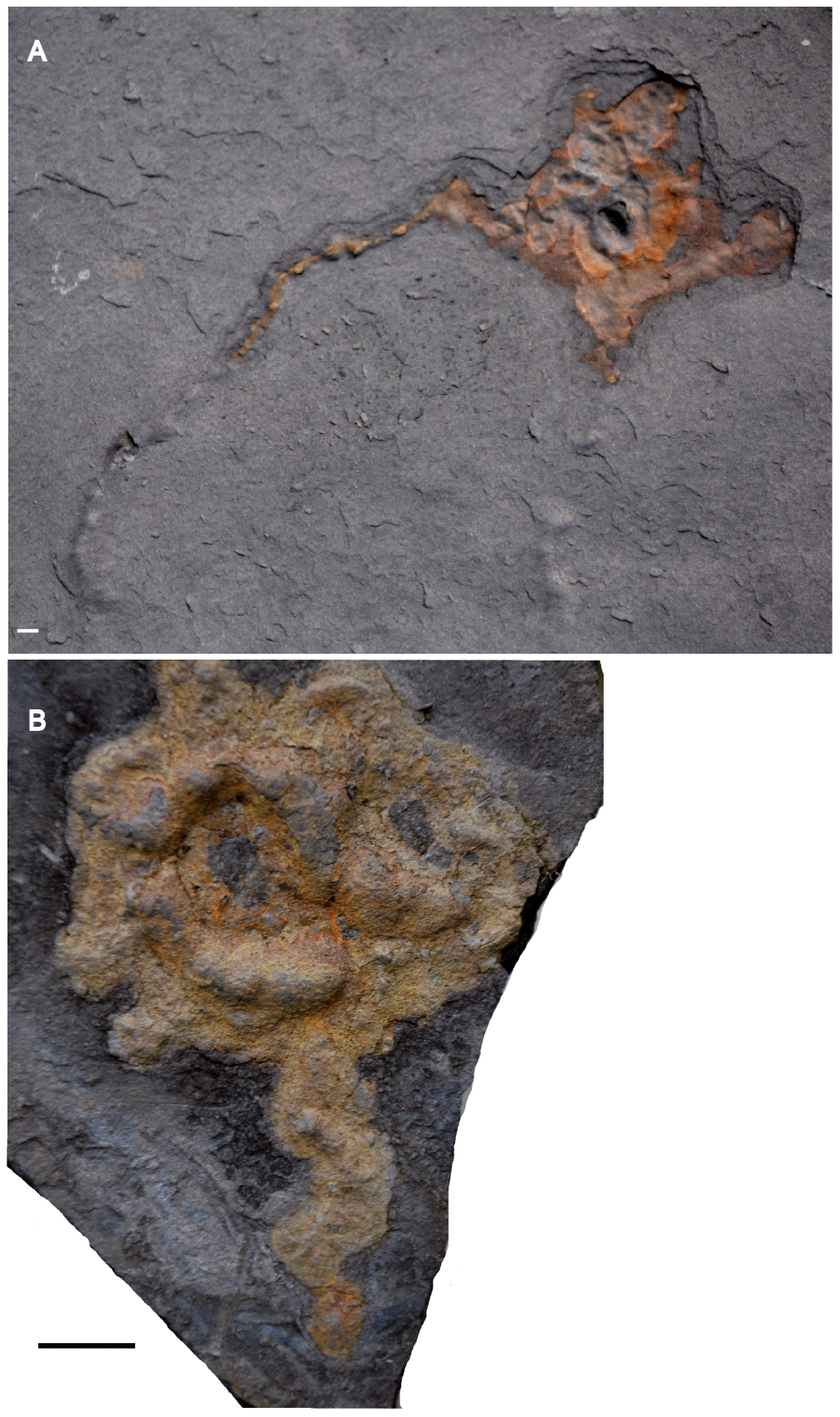
Figure 5. Large creature of the same type, X-ray micro-tomography could not be done due to the size and fragility of the fossil.

Figure 6. Disc-shaped creatures of a different type. It can be seen that the central part is covered with radial grooves, and the edges of the organism are clearly separated from the substrate on which it is fossilized.

Figure 7. Two organisms with a thickened center and folded edges side by side.
Also, creatures were found that dug tunnels in bottom sediments, that is, they could actively and purposefully move:

Figure 8. X-ray tomography of burrows dug in bottom sediments.
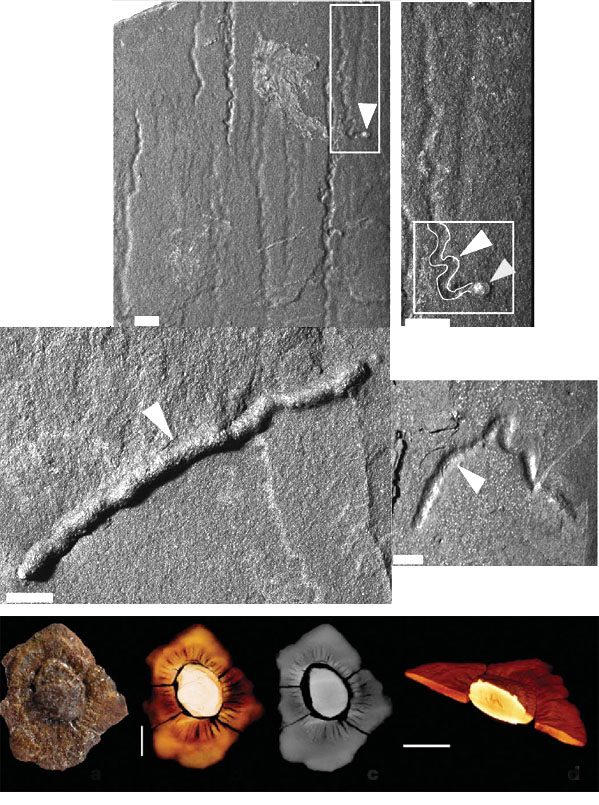
Figure 9. Above - passages in bottom sediments and fossils of a creature that has forever remained in a hole. Below are several more X-ray tomograms of creatures that look like scrambled eggs.
Oxygen, which appeared in the atmosphere and allowed new multicellular life forms to flourish, began to bind to the active chemicals that absorbed it. Without oxygen, all these creatures became extinct. From that moment to the new outburst of multicellular life, one and a half billion years passed.
There are not many sources about the Fransville biota yet, here's what else to read:
- Franceville biota .
- Ediacaran biota .
- New Insights into the Great Oxidation and Lomagundi Events
- Large colonial organisms with coordinated growth in oxygenated environments 2.1 Gyr ago
- The 2.1 Ga Old Francevillian Biota: Biogenicity, Taphonomy and Biodiversity
- Life Was Already Moving 2.1 Billion Years Ago